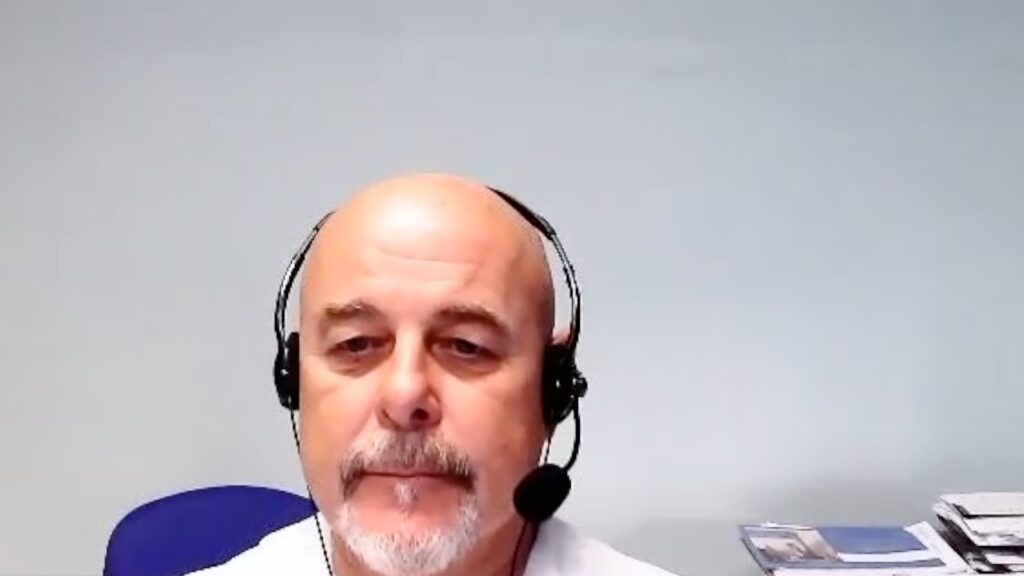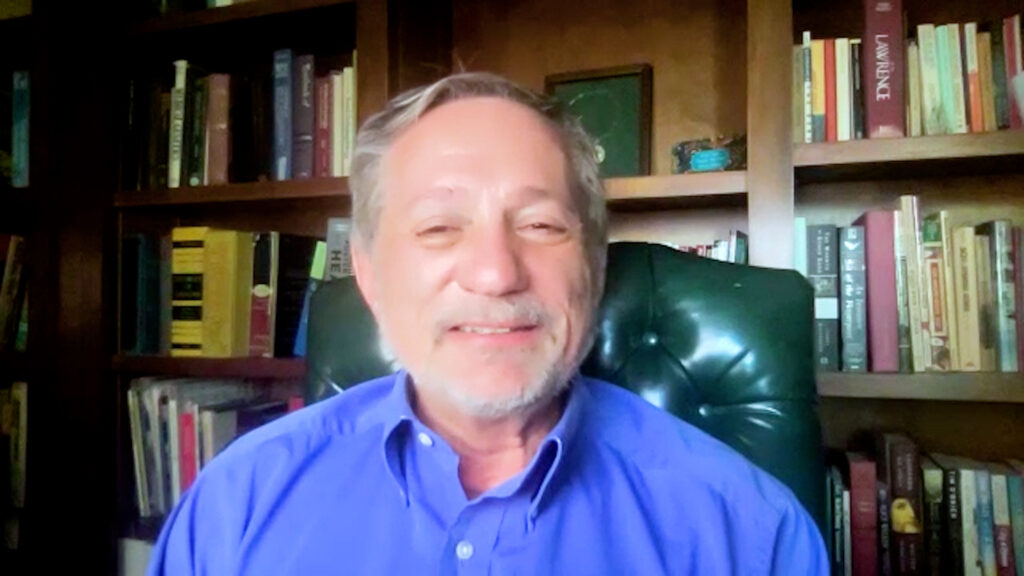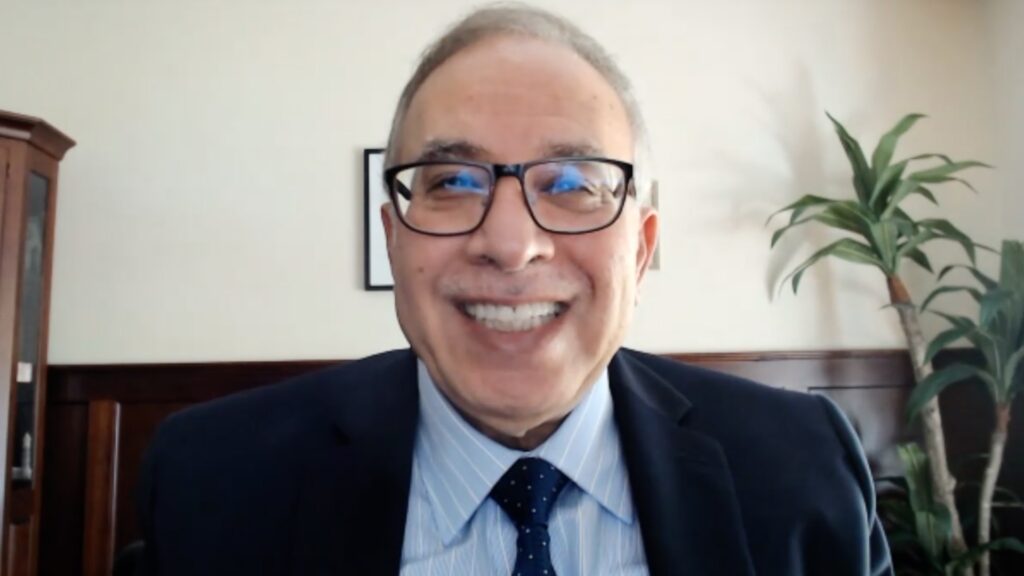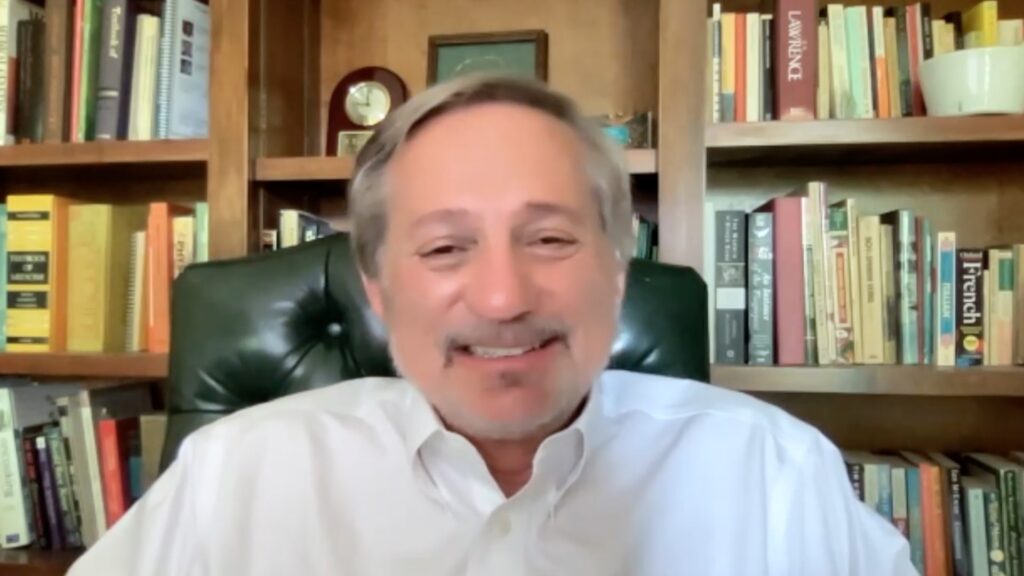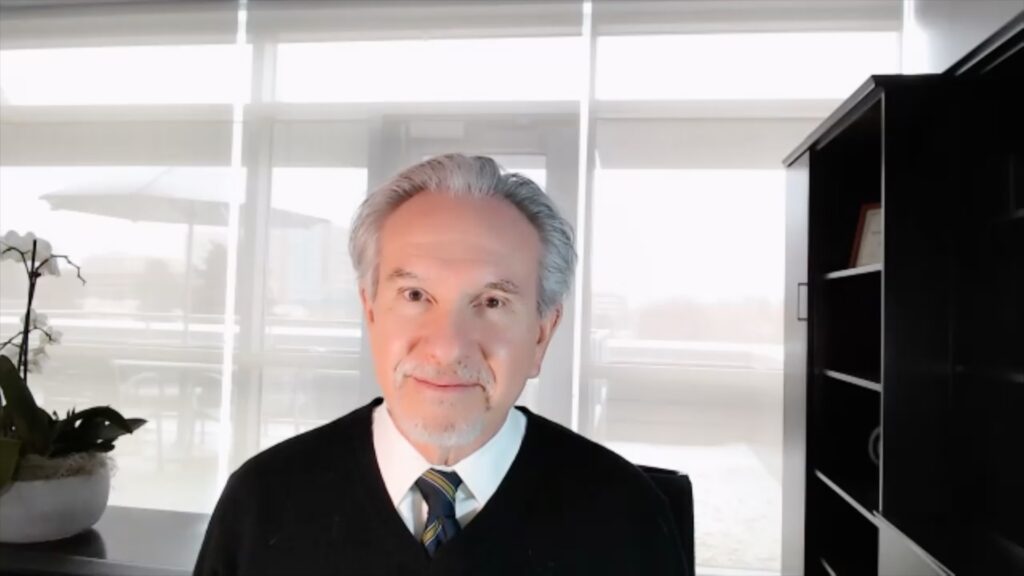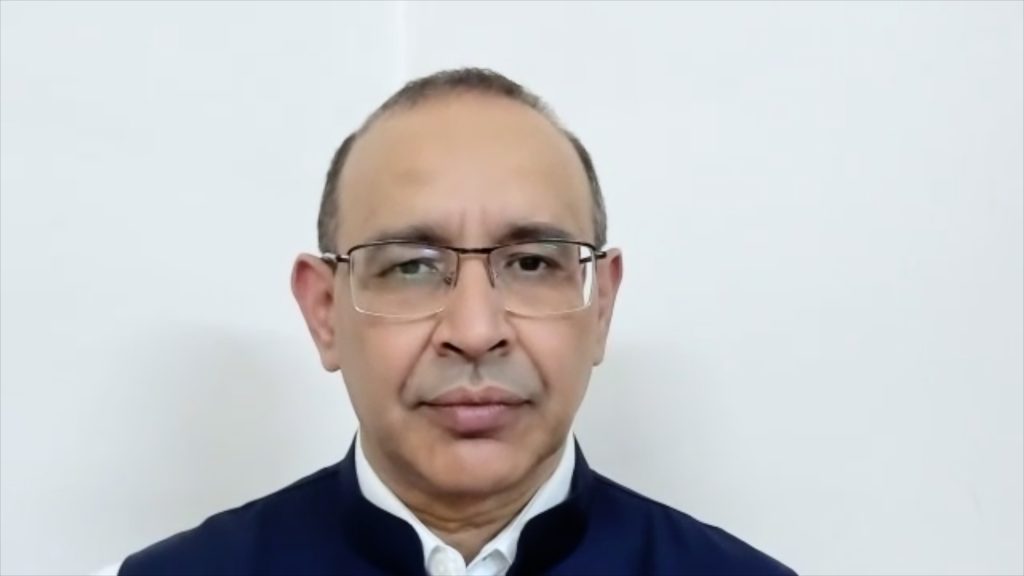TouchENDOCRINOLOGY coverage from EASD 2024:
The SCALE Kids trial (NCT04775082) is the first randomized, placebo-controlled, phase 3 study examining the use of liraglutide 3.0 mg in children aged 6 to <12 years with obesity. The trial addresses a crucial gap in paediatric obesity treatment, aiming to establish the safety and efficacy of liraglutide in children under 12, where no approved medications exist, alongside lifestyle interventions such as diet and physical activity.
Speaking with the study’s investigator, Dr Claudia Fox (University of Minnesota Medical School, Minneapolis, MN, USA), we explore the key efficacy findings from the trial, how well the treatment was tolerated and the potential role of liraglutide in managing obesity in this younger population.
Associated abstract/article:
Fox C et al. Liraglutide 3.0 mg for the treatment of obesity in children aged 6 to <12 years: results from the first randomised, phase 3 study. Abstract number LBA13. EASD 2024.
Fox C et al. Liraglutide for Children 6 to <12 Years of Age with Obesity — A Randomized Trial.
Questions:
- What are the key challenges in addressing childhood obesity? (0:21)
- What was the rationale for selecting liraglutide for the treatment of obesity in this age group? (1:23)
- Could you tell us about the aims and design of the SCALE study? (2:20)
- What did the findings demonstrate in terms of the efficacy and safety of liraglutide in children? (3:25)
- What are the clinical implications of these findings? (5:18)
- What are the next steps in realising the potential of liraglutide for treating childhood obesity? (6:48)
Disclosures: Dr Claudia Fox discloses serving as a site principal investigator for paediatric obesity clinical trials sponsored by Novo Nordisk and Eli Lilly, with compensation for this work paid directly to their institution.
This content has been developed independently by Touch Medical Media for touchENDOCRINOLOGY. It is not affiliated with the European Association for the Study of Diabetes (EASD). Unapproved products or unapproved uses of approved products may be discussed by the faculty; these situations may reflect the approval status in one or more jurisdictions. No endorsement of unapproved products or unapproved uses is either made or implied by mention of these products or uses by Touch Medical Media or any sponsor. Views expressed are the speaker’s own and do not necessarily reflect the views of Touch Medical Media.
Transcript:
My name is Claudia Fox. I’m an Associate Professor of Paediatrics at the University of Minnesota where I co-direct the Center for Pediatric Obesity Medicine. And I’m really honoured to be the lead author on the SCALE Kids study.
Q: What are the key challenges in addressing childhood obesity?
I think, there are many challenges. One is that the backbone of treatment is lifestyle therapy. However, when used alone in isolation for many children, particularly those with severe forms of obesity, that therapy is insufficient. And so, to really affect a meaningful clinically significant change, we are finding that we need to look beyond lifestyle therapy even for these very younger young children, these kids who are six to twelve years of age, even those young children, don’t respond enough to lifestyle therapy. So, what this study is doing is really filling that void, that treatment gap in terms of, effective treatment options.
Q: What was the rationale for selecting liraglutide for the treatment of obesity in this age group?
Liraglutide was one of the first GLP-1 agonists that was approved for obesity treatment. And so sort of naturally, it was then tested in adolescence and then actually mandated by regulatory authorities to test in younger children. So that was the real, the simple rationale behind it. I was very surprised that children were very amenable to a daily injection. I did not think that it would go over so well, but I think it really is a testament to how desperate some of these children and their families are for intervention, so much so that they are willing to do a daily subcutaneous injection. So I think that says a lot.
Q: Could you tell us about the aims and design of the SCALE study?
This was a gold-standard randomized clinical trial. Kids were randomized 2:1 to either treatment or to placebo. They also received lifestyle therapy throughout the entire trial. The treatment phase was 56 weeks long, and the primary endpoint was percent change in BMI. We also looked at quite a few other BMI metrics as well as waist circumference, and cardiometabolic risk factors like blood pressure and changes in diabetes. The end of the treatment, at week 56, there was an additional 26 weeks of treatment follow-up phase, during which time, the kids were monitored for any emergence of adverse events.
Q: What did the findings demonstrate in terms of the efficacy and safety of liraglutide in children?
Our primary outcome was percent change in BMI, and we observed that the liraglutide group on average, experienced a BMI reduction of 7.4 percent greater compared to the placebo group, which is absolutely a clinically meaningful, change, that is much more than what we would see with lifestyle therapy alone.
In terms of safety, the medication overall was fairly well tolerated, though on average, both groups experienced quite a few side effects. It was about 90 percent in both groups. However, there were far more GI-related side effects in the liraglutide group, with about 80 percent in the liraglutide group compared to about 54 percent in the placebo group.
Most of those GI side effects were vomiting followed by nausea and then diarrhoea. But what’s, important to note is that although the participants, in the liraglutide group did experience quite a few GI side effects, very, very few of them stopped the medication because of these side effects. And it appears that for most of the participants, the GI-related side effects happened early on during dose escalation and then resolved, as time went by.
Beyond the GI side effects, there were no unusual safety signals that we observed, no differences in growth parameters, no differences in Tanner stage, no episodes of pancreatitis. So, overall, very well tolerated.
Q: What are the clinical implications of these findings?
It’s super exciting, like I said, to finally have something that we can offer children in this really young age group. These are kids who are really, struggling mightily. These aren’t, I think it’s important for people to understand that we’re not just talking about kids who might be a little bit heavy. These are kids who, on average, have a BMI of 31, at age ten.
And so think about it. A BMI of 30 in an adult is considered obesity, but theirs is 31 at age ten. So these are kids who have a pretty considerable burden of the disease of obesity. So to be able to offer them something that is truly effective in terms of moving their BMI is really going to transform their life, transform the experience of the healthcare providers as well.
So it’s a peek into what we can really see as fundamental changes to how we are treating obesity in children, not just hammering over and over again. Oh, you have to eat less, exercise more. No. We’ve done that. We’re looking beyond that now.
Q: What are the next steps in realising the potential of liraglutide for treating childhood obesity?
So, this study will be submitted to regulatory authorities, EMA and FDA, to seek approval. I can’t comment on any more than that. It will, i’m hoping, that it will be one tool in our tool belt to help kids, with obesity and just the beginning of, the development of future tools.
Interviewer/Editor: Gina Furnival
Cite: Fox C. Liraglutide safe and effective to treat obesity in children under 12 years. touchENDOCRINOLOGY. September 16, 2024.



